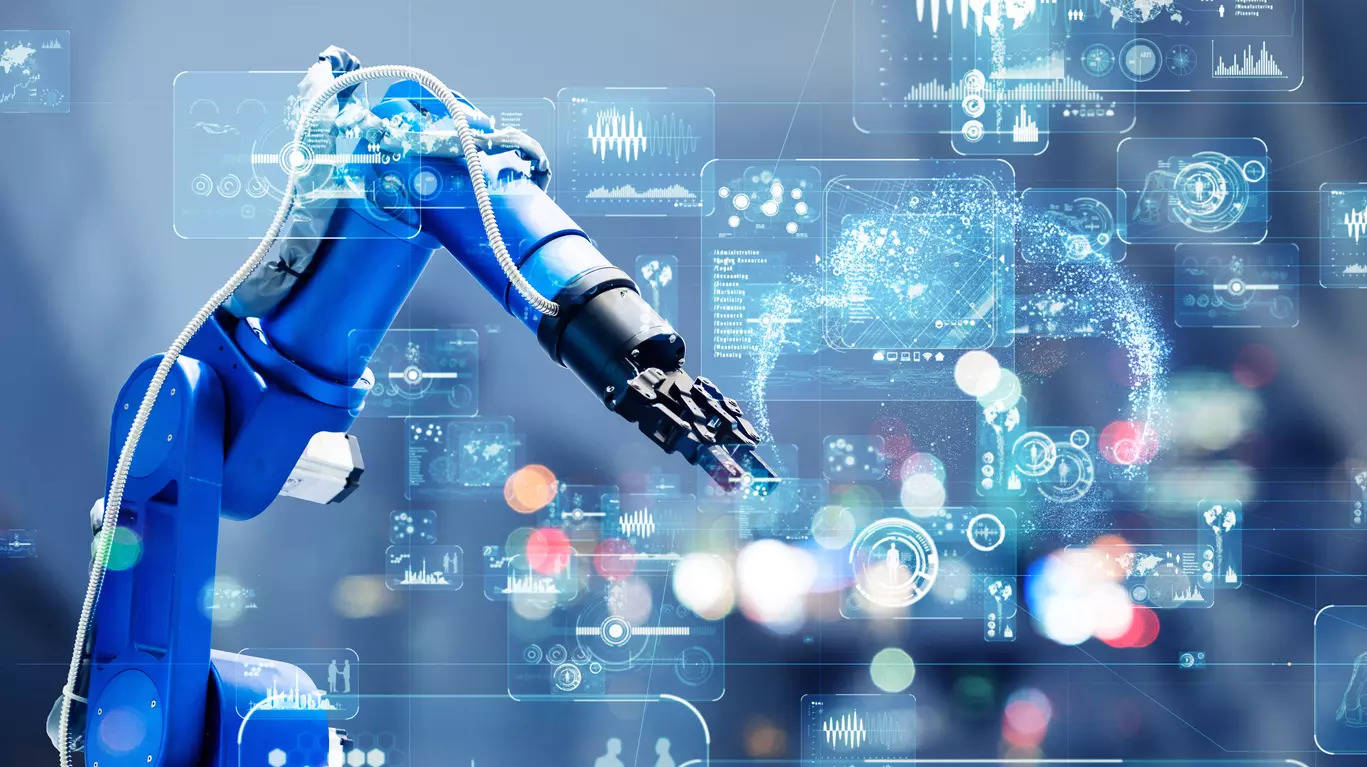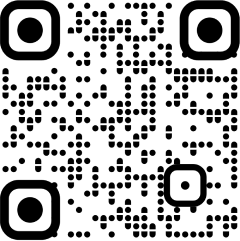
Low expenditure on research and development, importing even those components which are locally available and inability to form manufacturing clusters. These are some of the factors which have led to Indian auto electronic component makers grappling with cost disadvantages vis-a-vis their Chinese counterparts. As global OEMs adopt the ‘China Plus One’ strategy and look for supplies of these critical parts outside China, India could offer a viable alternative. But only if it first addresses the significant cost disadvantage over China. Even Vietnam offers electronics parts for automotive use at 7% lower price than India.Forget increasing share in global supplies, currently India is heavily dependent on imports to fulfil local auto electronics needs, with two-thirds of such parts coming from overseas markets.
“India currently faces cost disability to the tune of 7.5%–15% as compared to Vietnam and China, respectively. Established hubs of automotive electronics such as Germany, the US, South Korea, Japan have all adopted cluster approaches to achieve synergies in their business. Dedicated clusters to address cost disability should be created for the sector,” consulting firm Grant Thornton has said in its latest recommendations.
Manufacturing hubs provide benefits in terms of labour subsidy, corporate income tax reductions, interest subvention on working capital, subsidy for machinery and equipment etc. Not only do Indian component OEMs avoid the cluster approach, their investment in research and development is also quite low. “In the past, Indian auto component players have spent less than 3% of their revenue on R&D versus 6-10% by global majors,” the consultancy has said. Another factor hampering growth of India’s domestic electronic component industry is the tenuous linkage with homegrown IT companies for software solutions.
China dominates overall component imports:
Not only in electronic auto components, India continues to be highly dependent on China for all types of auto components. Nearly a third of the total auto components imported last fiscal were from China. The same trend has been visible for at least the last three years, with India’s dependence on Chinese parts remaining at near 30% levels. In FY24, imports were together worth Rs 1.73 lakh crore while exports totalled to Rs 1.75 lakh crore, this making last fiscal the first in three years when export turnover was ahead of imports. Body/chassis, steering and engine are the dominant segments, accounting for 41% of total auto component imports into India. In FY24, imports were up by 6.4% compared to the previous fiscal. As per analysts at brokerage Motilal Oswal, India’s component makers will invest up to $7 billion in fresh capacities and technology upgradation going forward.
How China is being tackledSome large Indian component makers have taken up positions against the Chinese dominance. Amit Kalyani, Joint Managing Director of Bharat Forge, had said sometime back that “there is a tremendous amount of order flow taking place from business moving to India from other geographies, including China and including Europe.” Tyre maker Continental is scaling up its research and manufacturing capabilities for connected tech in India. This is expected to significantly boost its export share to Europe, East Asia and ASEAN countries. Chennai headquartered clutch maker Valeo is expected to make a fresh investment, close to the Mahindra & Mahindra plant in Pune, and is also expected to localize electric powertrain in India.
Then, farm and construction equipment maker Escorts Kubota has begun to increase localisation of engines and parts for making tractors in India while also planning a greenfield facility in Rajasthan with capex of Rs 4500 crore, which will double tractor capacities in the next three-four years. Simultaneously, EKL has begun exports of components to Japanese partner Kubota’s facilities.
Chief Financial Officer Bharat Madan said recently that Japanese partner Kubota sources parts worth a billion dollars from China every year but due to its ‘China Plus One’ strategy, Kubota is now looking to diversify its sourcing away from China. “They intend to shift a significant part (of this parts’ requirement) to India,” Madan said. EKL expects a huge potential in revenue growth due to enhanced component exports to Kubota, since these components have a “good margin profile”.
Sona BLW Precision Forgings (Sona Comstar) already has a manufacturing facility in China. It has now installed another one in Mexico, to cater to OEMs located in the USA since many of these are looking for alternatives to lessen their dependence on Chinese component manufacturers.















